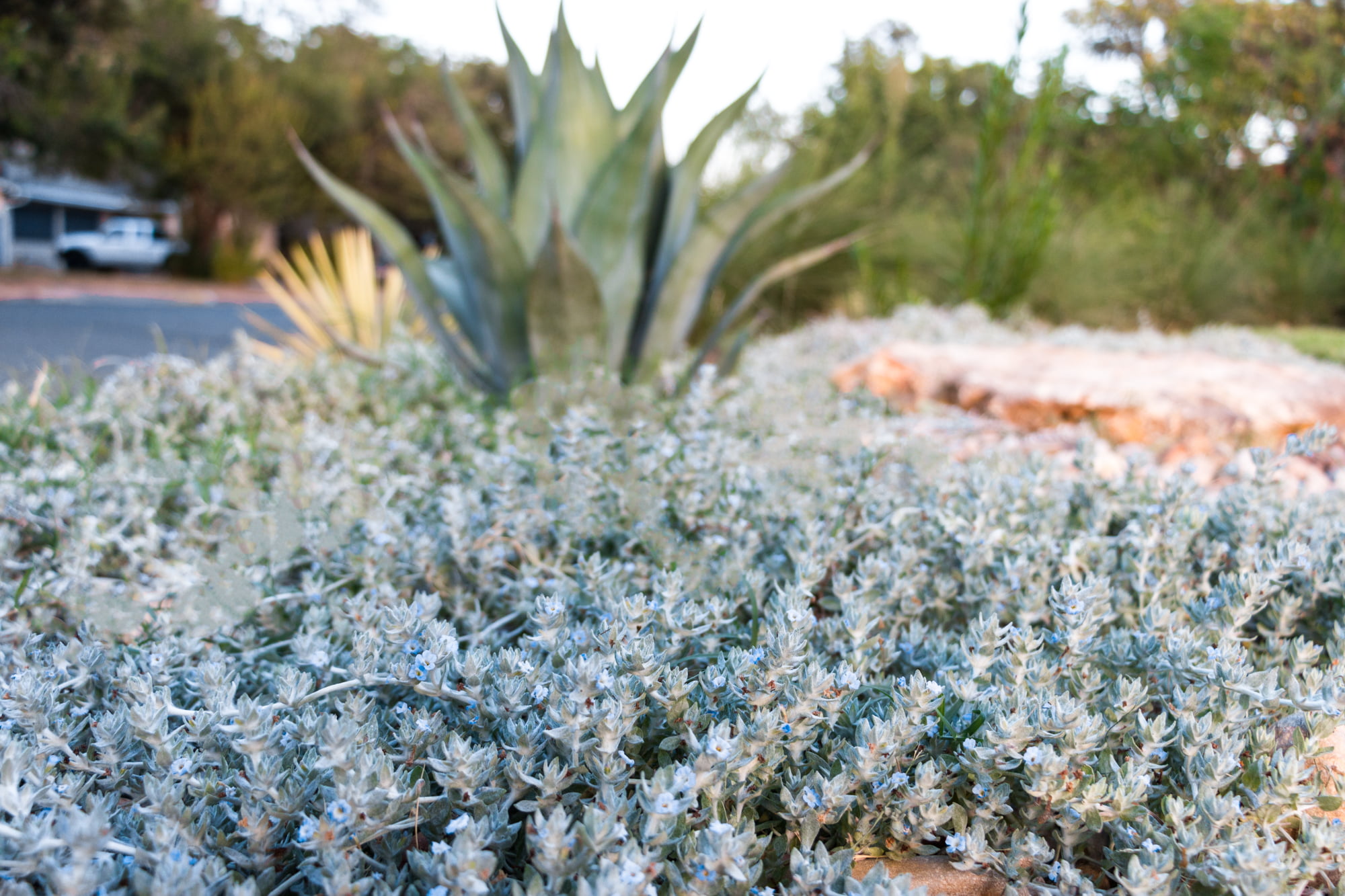Pruning, A Gardener’s Guide For Central Texas
As we leave behind the sweltering 100º days in Central Texas, it’s time to prep your landscape for winter. Pruning is key to maintaining plant health and ensuring they withstand colder months. Here’s a quick guide to effective pruning before winter arrives.
1. Why Prune Before Winter?
Pruning in the fall is essential for maintaining a healthy and aesthetically pleasing garden. It helps:
- Encourage Spring Growth: Pruning removes dead or damaged branches, allowing plants to focus their energy on new growth come spring.
- Prevent Disease: Cutting back diseased or dying branches reduces the risk of spreading pathogens that thrive in the moist, cooler conditions of winter.
- Minimize Storm Damage: Thinning out top-heavy plants reduces the risk of broken branches during winter storms, preventing damage to the plant and your property.
2. What Should Be Pruned?
Not all plants benefit from fall pruning, so it’s crucial to know what to focus on:
- Perennials: Cut back spent perennials like most salvias & sages after any fall bloom cycles to prevent disease and promote fresh growth next season.
- Dead or Diseased Branches: Remove any visibly dead or diseased branches from trees and shrubs, like Texas Sage and Live Oaks. These can harbor pests or disease that may survive through the winter.
- Overgrown Shrubs: Prune overgrown or misshapen shrubs like boxwood, hydrangeas, and roses to maintain a neat appearance and promote airflow.
- Fruit Trees: If you have fruit trees, fall is the time to remove any dead or overcrowded branches to improve the tree’s structure and increase fruit production for next year.
3. Pruning Techniques
Proper technique ensures your plants will thrive next season. Follow these tips:
- Use the Right Tools: Sharp, clean pruning shears are essential. Dull blades can tear plant tissue, which leads to disease. A quick wipe of your pruners with 70% alcohol is a great way to sanitize between cuts.
- Cut at the Right Angle: Make clean cuts at a 45-degree angle just above a healthy bud. This helps water drain off the cut and prevents rot and promotes new growth.
- Know When to Stop: Avoid over-pruning. Only remove what’s necessary, and always leave enough of the plant to sustain growth during dormancy. General rule of thumb is no more than 1/3 or 33% of the overall plant growth to prune.
4. What Not to Prune Before Winter
Some plants should be left alone until spring to avoid damaging them:
- Spring-Blooming Shrubs: Avoid heavy pruning on salvias, lantanas, and Yaupons in the fall as it can make them more vulnerable to winter cold damage.
- Evergreens: Most evergreens, like Yaupons, Boxwood and Texas Sage, are best left unpruned in the fall, as pruning can make them more susceptible to winter injury.
- Ornamental Grasses: These provide structure and interest during the winter months and can be cut back in early spring instead. Plus the wildlife will thank you!
5. Post-Pruning Care
After pruning, take a few extra steps to ensure your garden is fully prepared for the cold months:
- Mulch: Add a layer of mulch around the base of pruned plants to insulate roots and retain moisture.
- Watering: Give your pruned plants a deep watering before the first freeze to help them get through winter drought. Remember, air freezes faster than water – so maintaining moisture during winter months is also important to protect the roots!
- Protect Vulnerable Plants: For tender perennials or newly planted shrubs, consider adding burlap wraps or windbreaks to shield them from harsh winter winds. N-Sulate is a great product that can help maintain the temperature inside the protected upwards of 15-20º at times with use of the harbored ground temps.
Pruning is an essential part of preparing your garden for winter, helping to improve plant health and ensuring vibrant growth come spring. With the right techniques and timing, your landscape will weather the winter and emerge more beautiful than ever when the warmer months return.


Leave a Reply